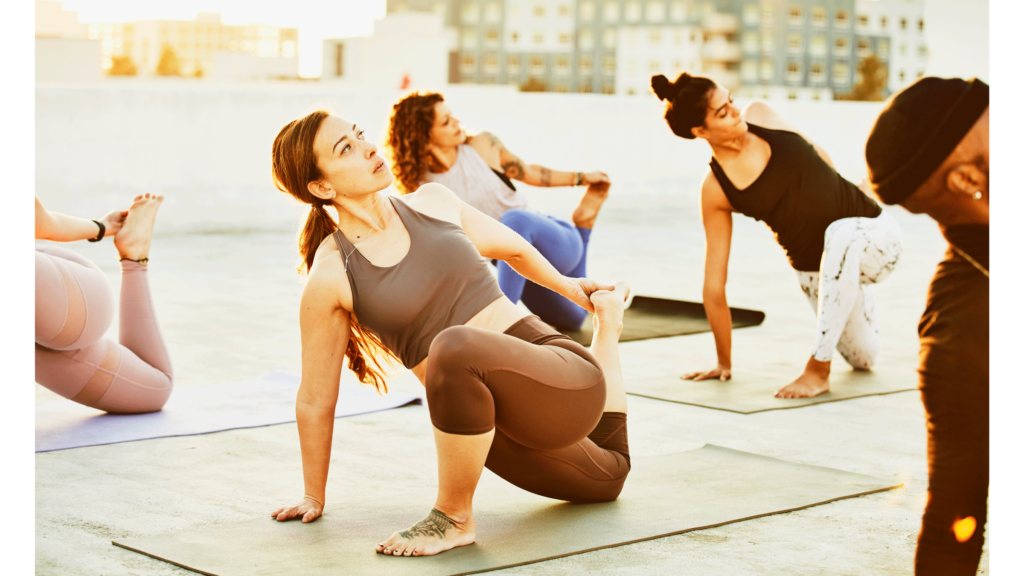
“], “filter”: { “nextExceptions”: “img, blockquote, div”, “nextContainsExceptions”: “img, blockquote, a.btn, a.o-button”} }”>
Heading out the door? Read this article on the new Outside+ app available now on iOS devices for members!
>”,”name”:”in-content-cta”,”type”:”link”}}”>Download the app.
There’s a relatively unknown back muscle that’s crucial to the function and longevity of your spine—and, yes, the possible prevention of low-back pain—whose name you’ve probably never heard. It’s largely responsible for fine-tuning your posture and managing the delicate balance between the stability and mobility of your spine and it’s known as the multifidus or, technically, the plural multifidi.
It’s so intimately involved with back health that atrophy in the multifidi muscles—that is, loss of strength and size—is strongly associated with low back pain, according to research. That alone should be motivation for us all to pay attention to and strengthen your multifidi. Yet we spend more time on the mat focused on our quads, hamstrings, and triceps than we do this vital muscle.

Anatomy of the Multifidus Muscles
The multifidi are a collection of deep muscles that sit directly atop your ligaments in the narrow channel along either side of your spine. They run almost the full length of your vertebrae, from your sacrum to the top of your neck, although they are most prominent in your lumbar spine or low back.
The multifidus muscle comprises lots of smaller muscle fiber bundles. Each bundle runs at a slight diagonal from one of the bony arms on the side of a vertebra to the top of the bony protuberance at the back of the vertebra three bundles above. (For anatomy geeks, that means from the lumbar mammillary processes, thoracic transverse processes and cervical articular processes to the spinous processes above.)
Because the multifidus muscles are positioned close to the bones of the spine and cross over multiple joints, they are crucial to each vertebra’s position in relation to its neighbors above and below. When the multifidi contract, they brace the spine and fine-tune the position of one backbone ever so slightly in relation to the rest of the column. Your spine is a curved stack of moveable pieces rather than a rigid rod, which means your multifidi play a tremendous role in shaping the curves of this column of stacked bones.
Why the Multifidi Muscles Are So Essential
You don’t need to know these anatomical nuances of the multifidus muscles in order to appreciate the importance of them. All you need to know is that the multifidi are tiny, so the movements they initiate are tiny, too. But when you think about larger movements, they also draw the back of the upper vertebrae closer to the side of the vertebrae below, which means they contribute in a small way to backbends, side bends, and twists.
The multifidus is relevant to the health of your spine in three essential ways:
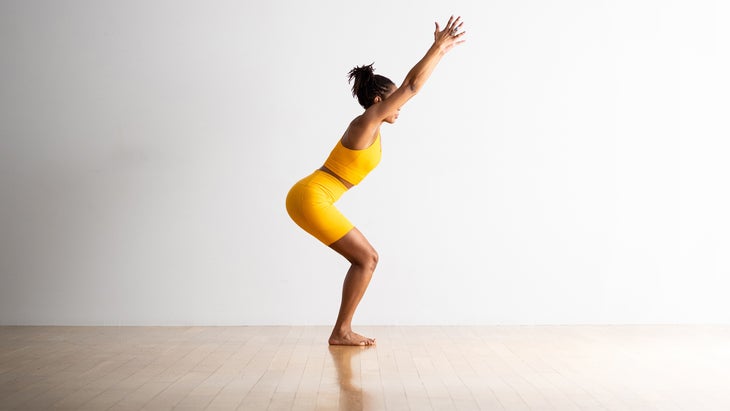
• Support Your Posture
These muscles are particularly responsible for maintaining your posture when you sit or stand upright, including standing yoga poses such as Mountain (Tadasana), Chair (Utkatasana), and Staff Pose (Dandasana). They also hold you in place during seated postures such as Easy Pose (Sukhasana) and Hero Pose (Virasana) as you practice breathwork and meditation.
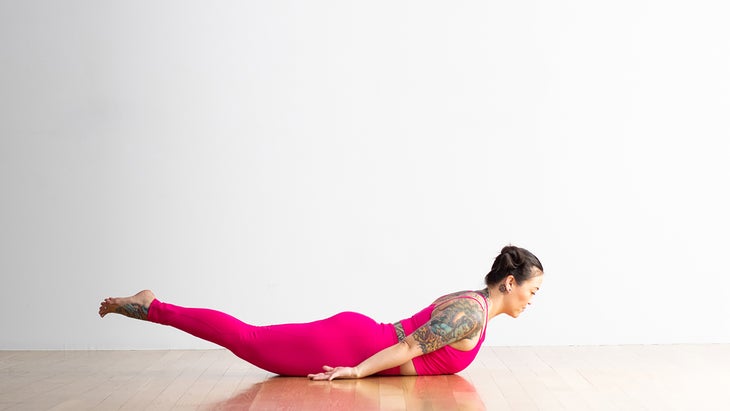
• Initiate Movement
There are bigger, stronger, more superficial muscles responsible for the larger movements you make in yoga, including backbends such as Locust Pose (Salabhasana), side bends such as Gate Pose (Parighasana), and twists like the Pose Dedicated to the Sage Marichi (Marichyasana).
But these big muscles can work a lot more efficiently when your multifidi muscles initiate the back bending, side bending, and rotational movements, such as twists. This supportive action limits unnecessary or excess movement occurring deep at the joint. Put simply, your multifidi help create a more stable base from which the bigger, more powerful muscles can generate movement.
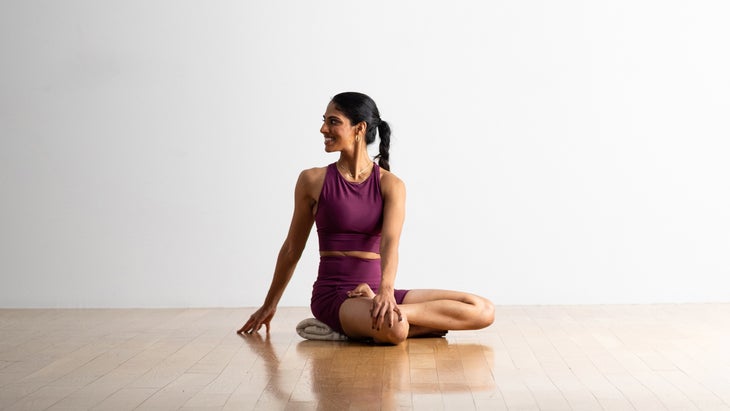
• Create Structure for Your Spine
Your spine obviously needs some level of structure or stability since it houses the spinal cord, one of the most important structures of your nervous system. Your multifidi are among a group of deep muscles—including your transverse abdominis and those of the pelvic floor—that create structural stability and protection for for the spine, the intervertebral discs, and the nerves that exit each side of your spine. In this role, your multifidi support your spine as you transition with control from one yoga pose to another or simply move through everyday life.
Exercises for Your Multifidi Muscles
The good news is that the multifidi are, in some ways, very similar to your other muscles in that they strengthen when given regular and varied opportunities to contract. They also benefit from regular opportunities to rest.
You don’t even need to practice dedicated multifidus exercises as the best strengthening options include much of what you already include in your yoga practice, your workouts, and your everyday life. Theyra include the following:
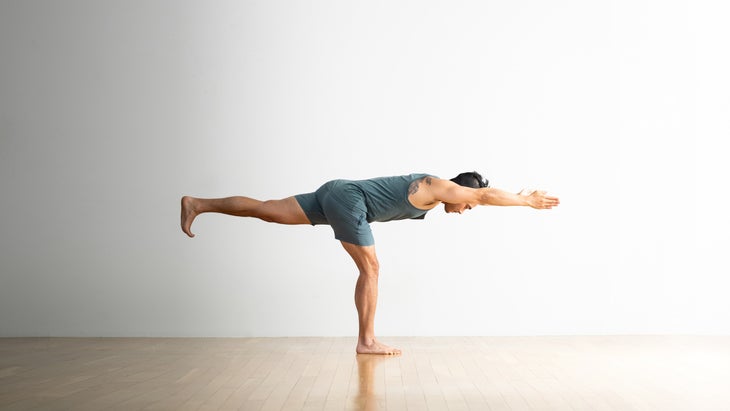
1. Stabilize During Movement or Balancing
The multifidi respond best to positions that draw on its role in maintaining a stable spine position during movement and any sort of position in which you have less support from the floor. Think of a balancing with a slight back bend, such as Warrior 3 (Virabhadrasana III) or the kneeling balancing pose Bird Dog. Or consider maintaining spinal stability plus a slight side bend or rotation, as in Extended Triangle Pose (Utthita Trikonasana) with your bottom hand hovering or Side Plank (Vasisthasana).
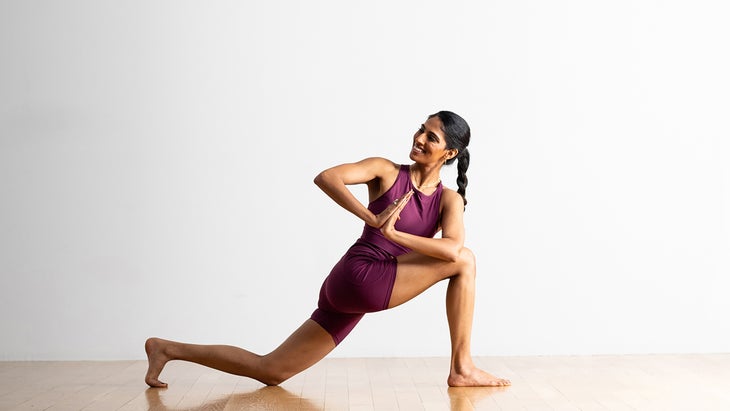
2. Avoid Inactivity
Your multifidi respond poorly to long periods of inactivity. These muscles engage to some extent to stabilize the spine in pretty much every position (with the exception of lying down), in which they are required to engage at low levels to hold your spine erect but without any variation in load or position.
Perhaps the best way to maintain optimal function in your multifidi is to move in varied ways. Incorporate an array of movements in your yoga practice or workout, including active and passive backbends, side bends, and twists to create a supportive blend of work and rest, contraction and stretching. Even deep breathing provides change for your multifidi (as well as its synergists, your deep core and pelvic floor muscles) by changing the pressure and circulation around the muscles. If you golf, for example, you’re working your multifidus.

3. Rest
Muscles strengthen when given the chance to rest. Whenever you are upright, your multifidi work to some extent. So offloading your weight completely, as you do in Savasana and restorative yoga poses such as Legs Up the Wall, is a sneaky way to allow these vital muscles the rest they need to be ready to work again.
How Yoga Supports the Multifidi Muscles
If everything described above sounds like your yoga practice, there’s even more good news for you. You have other larger and stronger muscles that can perform the larger movements of the spine. Think of your multifidi as being more involved in smaller movements as well as preparing you to move.
This subtle role is why they are so crucial to a mindful movement practice. On your mat, you tend to emphasize coordination and control. You create the space and time to appreciate nuance and detail, and you lean into both challenge and rest. All of this is supported by an ability to connect to and support your multifidi.
So by all means, enjoy a burn in your quads, hamstrings, or triceps, but also use your yoga practice and your workouts connect with your multifidi. Breathe deeply and lean into mindful movement as you back bend, side bend, and twist, and make time for both strength and softness. By doing so, you’re enhancing the resilience in one of your most crucial physical structures.









